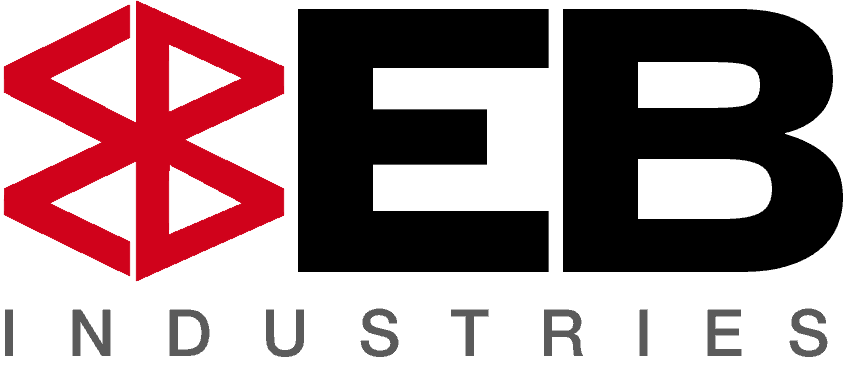 Developing components that require strength, lightweight construction, corrosion resistance and high thermal conductivity often necessitates use of dissimilar metals. Properly joining dissimilar metals with high-quality welds is critical for achieving high-reliability products in the automotive, aerospace, medical device, and semiconductor industries.
Developing components that require strength, lightweight construction, corrosion resistance and high thermal conductivity often necessitates use of dissimilar metals. Properly joining dissimilar metals with high-quality welds is critical for achieving high-reliability products in the automotive, aerospace, medical device, and semiconductor industries.
Learn how you can use electron beam welding or laser welding to make high-quality joints of dissimilar metals and avoid these problems:
- Residual stress and distortion resulting from two metals materials having different expansion coefficients and melting points
- Embrittlement and porosity due to metals that are highly reactive and absorb gas at welding temperatures
- Compromised joint strength resulting from formation of brittle intermetallic compounds at the weld interface
- Uneven stress distribution leading to failure under load from metals with differing strength, hardness and ductility.
Download our white paper, Welding Dissimilar Metals: Overcoming Challenges with Advance Electron Beam and Laser Techniques, to learn how electron beam and laser welding successfully join two materials with differing thermal properties and structures while preventing weld contamination for your most critical high-reliability products.
